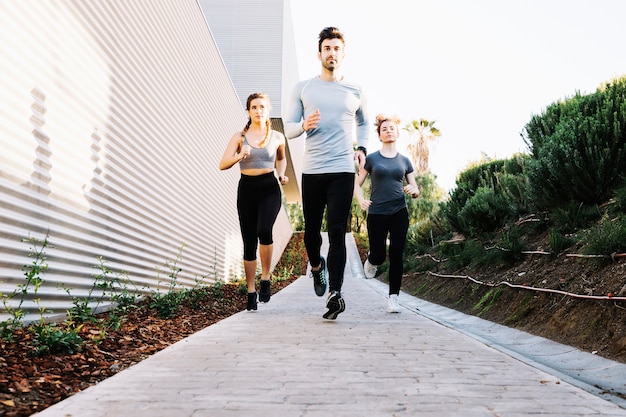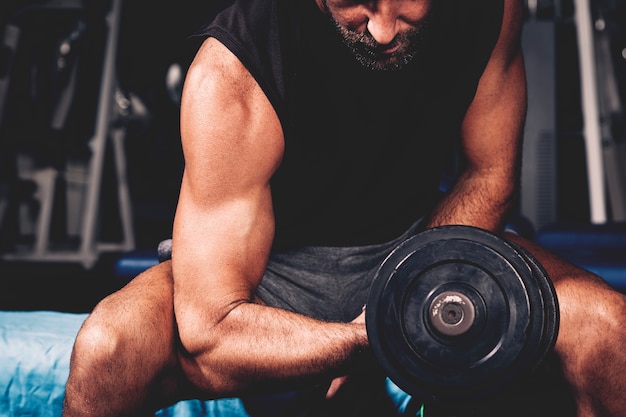
Every day plenty of people exercise to improve their physical health. But beyond that, exercise can also have an even more subtle effect on our bodies at a chemical level.
Hormones are one of your body’s central signaling systems. They regulate several physiological reactions in your body, including your sex drive, response to stress, metabolism, mood, sleep, and fertility, to name a few.
Since there’s too much amount of information to send out, it’s easy to see how standard mixed signals lead to a mess of feelings and function. While many would turn to supplements and medications to treat any hormone-related issues, working out is a more productive outlet to enhance your quality of life and regulate hormonal imbalances.
As exercise can affect a lot of aspects in your body including your mental health, your energy levels, sleep, and more, it’s essential to be aware of how working out can be crucial in balancing out the body. Here are eight hormones that any active person should be mindful of.
Endorphins
Physical activities are known to promote the release of endorphins, which helps the body reach a feel-good state. Endorphins are endogenous opioids secreted from the pituitary gland to block pain, create a feeling of euphoria, and reduce anxiety. Unlike any synthetic opioids, the opioids we habituate through regular exercise over time will lead to an increased sensitivity to endorphins. Learn more about the hemorrhoids causes and symptoms as well.
As endorphins increase with frequent exercise, the body becomes a lot more efficient at handling other types of stress. The perception of pain for some will be changed and induce the feeling of fatigue. In layman’s terms, they’re natural pain killers.
Estrogen
The primary female sex hormone, estrogen is mainly responsible for regulating the reproductive system and secondary sex characteristics of females such as breast development, menstrual cycle, reproduction.
Women may need estrogen, but too much estrogen in their systems is not good for their well-being. Too much estrogen has been identified to be a risk factor for breast cancer. In this case, exercise helps reduce excess estrogen, which reduces the risk of breast cancer.

Testosterone
While most people are familiar with testosterone being connected to men, these hormones are as equally as important for women, just in different amounts.
Men have naturally large amounts of testosterone compared to women, which are responsible for the development of their “male-like” physical characteristics such as greater muscle mass, more body hair, facial hair, deeper voice, and male-pattern baldness.
For women, the health benefits of testosterone include everything from boosting their sex drive, maintains healthy bones, increases muscle mass, produces new red blood cells, regulates libido and mood, and stimulates the release of other vital hormones.
Exercise would be helpful if you have a low testosterone level. However, you may need to make it a habit to make it work. Testosterone levels rise after about 20 minutes of exercise for up to 3 hours following the exercise session. Over time, a regular workout routine would increase your overall levels of testosterone beyond that time frame.
Cortisol
Cortisol acts as an alarm system for the body. As part of our stress “fight-or-flight” response, this hormone has the vital job of working certain parts of the brain to control our fear. In the face of an immediate threat, the Cortisol gives the body to deal with it by shutting down the less critical functions like the reproduction and immune system.
When a person exercise, the body perceives it as a form of stress and stimulates the release of Cortisol. As they keep exercising, less cortisol will be released during a workout, and when responding to emotional or psychological stresses.
Insulin
The pancreas makes hormones known as Insulin that allows the body to use the sugar or glucose that comes from the carbohydrates in your food for energy or store them for future use. It ensures that your blood sugar level doesn’t get too high or too low.
Regular exercise is a great way to increase insulin sensitivity by helping move sugar into the muscles for storage. This can also strengthen your live function by limiting the fatty deposits in the liver.
Human Growth Hormone (HGH)
There is currently a growing list of benefits of Human Growth Hormone (HGH). HGH often refers to as the “youth hormones” as it plays a crucial role in maintaining a youthful appearance as well as healthy bodily functions such as tissue repair, bone and muscle growth, and sugar and fat metabolism.
While your body releases HGH naturally, especially during sleep, exercise can help boost the production of the human growth hormone. However, it requires some high-intensity exercises such as heavy strength training, burst training, or high-intensity interval training (HIIT) have been shown to stipulate major production increases.
Irisin
As the exercise hormone, Irisin will basically be your workout buddy. As you work out, your body would increase its Irisin production. The increase of these hormones battles fat on two fronts by activating genes that turn white fat into brown fat. This would also help regulate your body temperature.
Although most types of exercise will increase Irisin, endurance and strength training may be the most effective.

Adiponectin
Adiponectin is a protein hormone produced and secreted by fat cells and regulates glucose and fat breakdown. The amount of adiponectin in the body also factors into the risk of a heart attack. People with high blood levels of adiponectin are found to have a low risk of a heart attack. This is the opposite for those who are found to have low levels of this hormone.
Moderate exercise at least three times a week can cause a significant increase in adiponectin levels.
The intensity of your workout affects your hormones, both positively and negatively. More intense exercises result in more of these hormones being released. While it’s ideal for working long, hard, and intensely when exercising, the key is actually consistency.
Moderate amounts are still optimal as long as you focus on sticking with it and making it a part of your lifestyle.
Be the first to comment on "Exercise and Hormones: 8 Hormones Involved in Exercising"